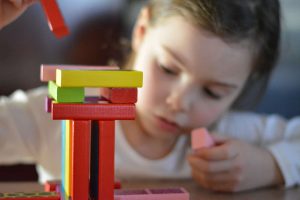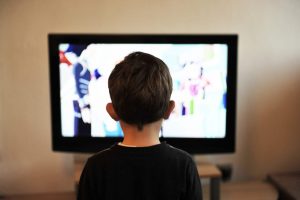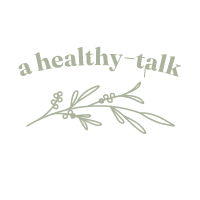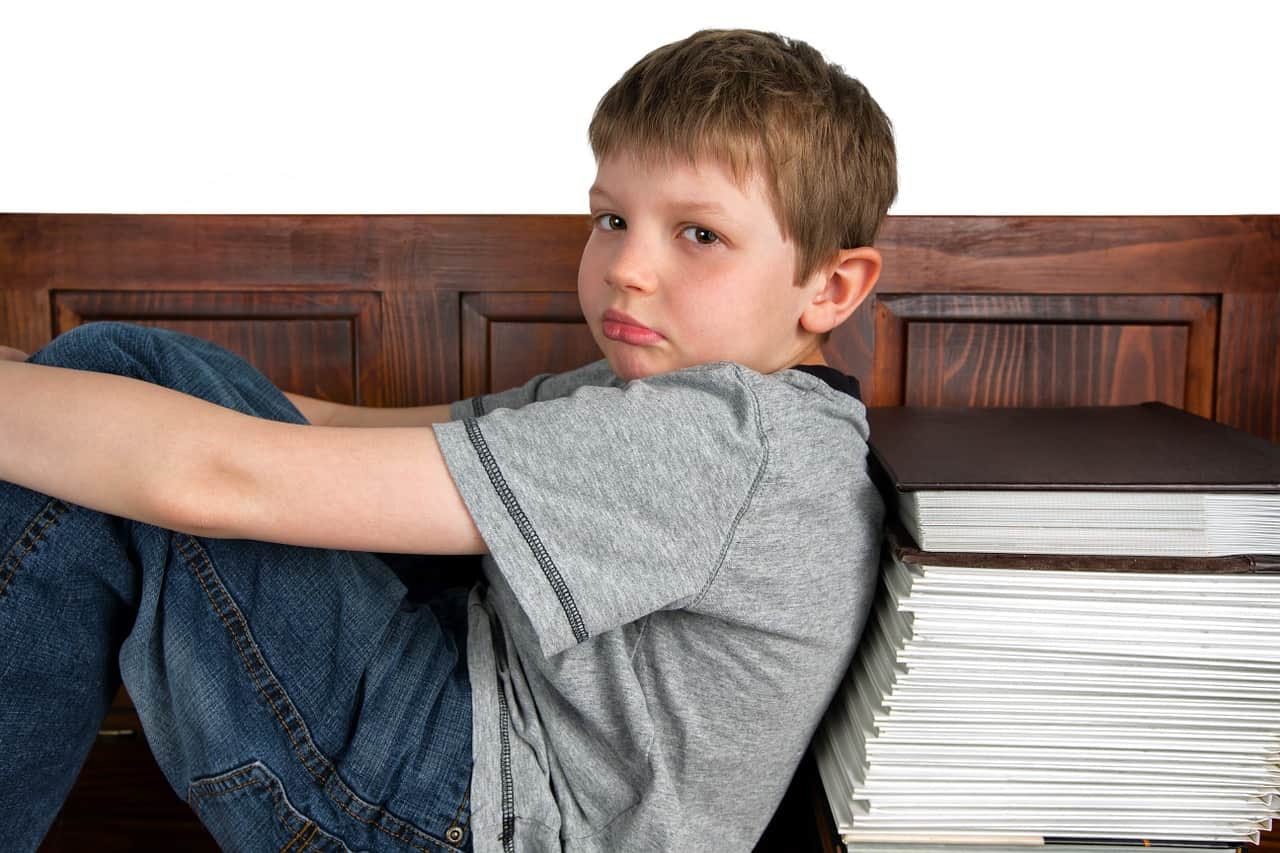ADHD Diagnosis and ADHD Treatment
The diagnosis of ADHD is tough because the symptoms of inattention and hyperactivity are so ubiquitous in the general population. The fact is that most people would love to calm down and concentrate better. Perhaps the most important is the requirement that the symptoms have an onset before age seven. Luckily today there is ADHD Treatment available through counseling with a professional Licensed Marriage and Family Therapist (LMFT).
The symptoms of ADHD are divided into the three categories of inattentiveness, impulsivity, and hyperactivity. How these look will vary depending on the person’s developmental stage. For example, hyperactivity in children may be manifested by excessive motor activity, such as running, climbing and difficulty remaining seated. In adolescents and adults, hyperactivity may be more subtle and take the form of restlessness or difficulty engaging in stationary activities, such as reading or doing paperwork.
Characteristic of children with ADHD

In assessing yourself or your child for ADHD, it is important to recognize that the behaviors that typify the disorder are normal for children at certain ages and developmental levels. No one should get the diagnosis of ADHD merely because he or she is distractible and hyperactive. The symptoms have to have started early in life; be severe, persistent, and disabling; occurring in multiple contexts; and not be due to another psychiatric disorder.
Treatment, Signs, and Symptoms of ADHD in Children

So what’s the best treatment for ADHD?
Over the years, many different treatments for ADHD have been advocated, including medication, behavioral therapy through family counseling services, dietary restrictions and supplements, and biofeedback. All psychologists agree that the one type of treatment that has consistently and conclusively been shown to treat ADHD is behavior therapy. In behavior therapy, psychologists aim to reduce problematic behaviors and substitute more desirable ones through a combination of positive and negative reinforcement. This is usually a family affair with considerable parent training. The parent is taught how to provide rewards to encourage positive behavior and institute limit setting to deter negative behavior. In order to keep the behavioral program consistent throughout the day, the teacher should also be included as part of the team.

